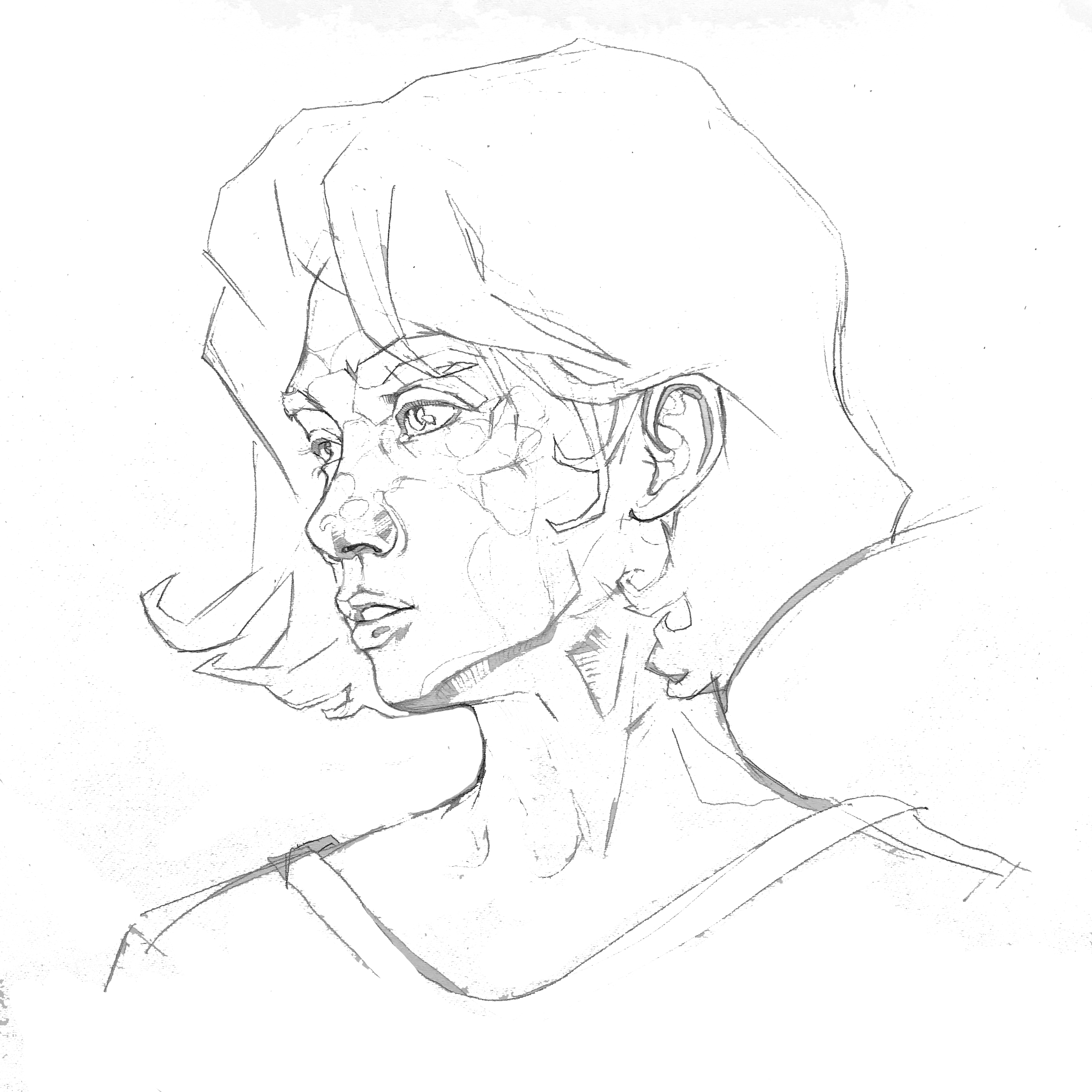About
Available with English, Spanish, French, Portuguese and German subtitles (Russian audio)
Through facial expressions we learn about the experiences and emotions of another person. But it is not just emotion, the color of clothing, the hair, the fly in the right place, and especially the jewelry that lets the viewer know what kind of person is in front of them. In this practice we will touch on all of these topics. Mostly, of course, on the techniques of watercolor painting and gilding.
What's new for you:
- A detailed breakdown of how to create a rough sketch. Learn to know in seconds if what you have in mind looks good on the sheet of paper, instead of wasting a couple of hours of work on it.
- Places to refine later. It's about being able to imagine all the stages of a drawing from the very beginning. Then it is possible to understand which elements overlap each other. The practical benefit is that you can avoid being careful where everything will be overlapped by locks of hair, thick shadow, or a pattern of potato. It helps to keep your concentration for the really important moments.
- Selecting a color palette. To keep the overall tone: cold or warm, you should decide on the palette to use. In fact, it is 2-3 colors that are used in almost every mix. This skill requires a good memory and great stamina, so to simplify, you can take a couple of references with the desired colors and keep them handy, checking periodically. Or make a substrate at the beginning of the work, but this is in practice a step towards complication, so the references are better.
- More detailed anatomy. We are interested in three points: 1.Frontal lobes with their unobvious geometry above the bridge of the nose. 2. The cheekbones closer to the ears and the penumbra formed near the edges of the eyes. 3. The muscles of the neck, especially the trapezius. There is a lot of room for self-improvement and knowledge for several years of anatomy class. We will learn how to see them, and then through practice you can apply the knowledge according to the purpose.
- Emotion tweaking. A couple of useful nuances, such as head tilt, iris size relative to the whites of the eyes, glare strength, and other things that affect the overall emotion of the portrait.
- Circular Background Fills. This is a derivative of "Places to Follow" and working with gilding. Knowing that there will be a neat gold ornament on top of the fill, you can set color gradients in circles. It looks untidy at first, but then it's chic. It's a cool technique that I owe it to you to show you.


